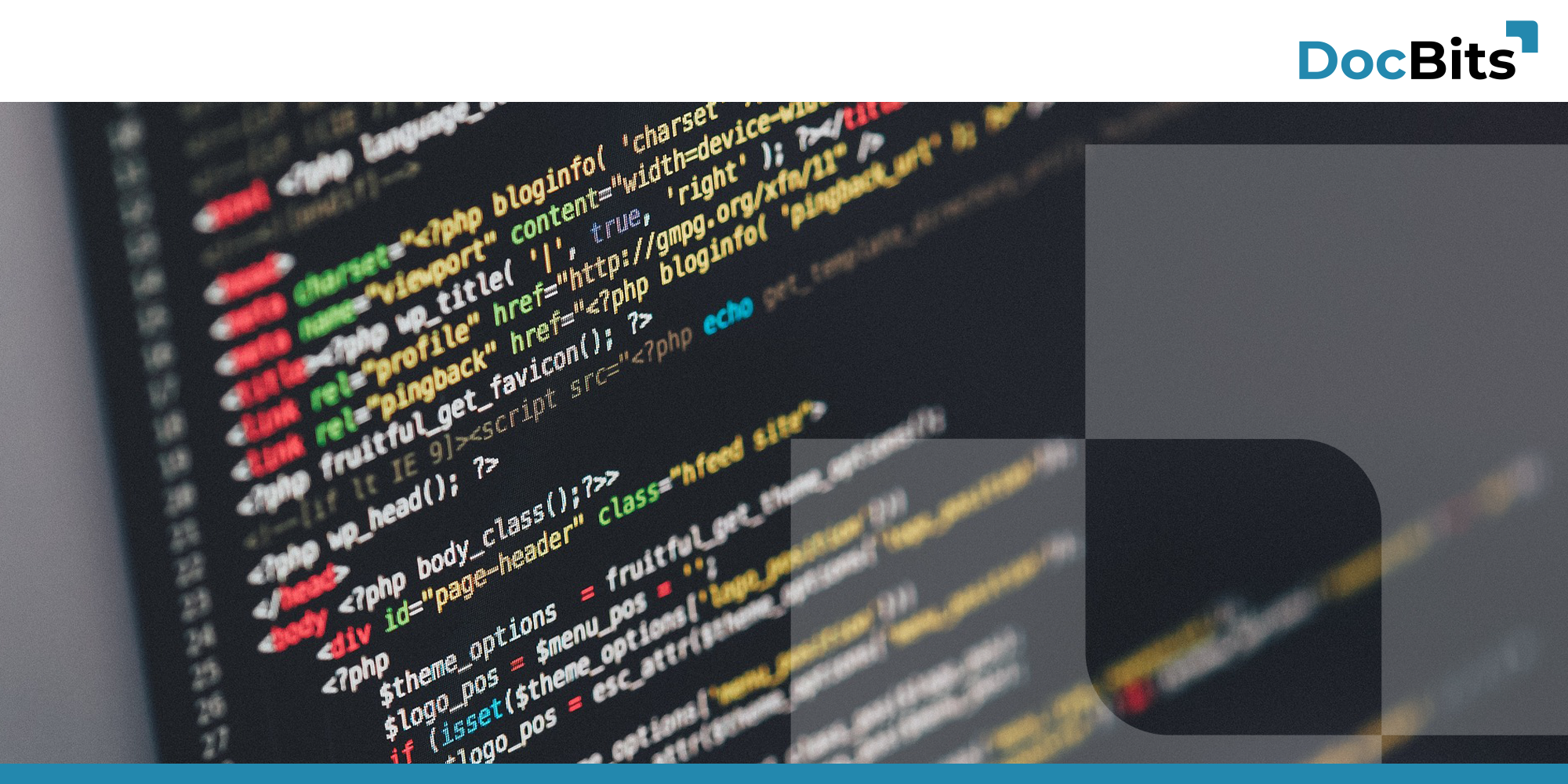Efficiency, flexibility and automation are topics that are becoming increasingly important and relevant for companies of all sizes. When we look at the evolution of technology, we quickly realize the need to automate manual processes in order to increase efficiency and remain competitive.
In the world of software development, there are two terms that keep coming up: No-Code and Low-Code. But what do these terms actually mean and how do they differ from each other? In this article, we will define no-code and low-code platforms, explain how they work, highlight their differences and benefits, and present a solution that incorporates both.
No-Code is a method or platform that can be used to create applications or software solutions and do so without any programming knowledge at all. It is an approach that aims to reduce the complexity of programming so that people without a technical background are able to create applications.
Low-code is a method or platform that allows applications or software solutions to be developed with a minimal amount of traditional, hand-written code. It is a development approach that aims to reduce programming effort by providing developers with visual and abstracted tools.
Examples of low-code platforms:
OutSystems and Mendix
The main difference between no-code and low-code platforms lies in the complexity of the development/application. While no-code platforms aim to allow non-developers to create applications, low-code platforms offer developers more flexibility and control over the development process.
In addition, they also differ in the way they work, as described above. Low-code platforms are, in a sense, a graphical tool for dealing with familiar and sometimes complicated programming languages, while no-code platforms strive to separate themselves completely from text-based code. This means users should be able to tackle and complete their own projects without in-depth know-how.
And thus, there is also a difference in the target audience. Low-Code is aimed at programmers / developers who want to make it easier to work on the source code, but also end users with little programming knowledge. No-code, on the other hand, is aimed more at end users who want to create their own application software without the help of developers.
No-code and low-code platforms offer a variety of benefits that can help organizations speed up development and increase productivity. Here are some of the key benefits:
The transition from no-code to low-code can be fluid. This is exactly the case with DocBits. Because DocBits, our simple and intelligent solution for document processing, is based on no-code and low-code.
DocBits is a comprehensive solution that combines advanced technologies such as artificial intelligence (AI), machine learning (ML) and optical character recognition (OCR) to deliver unparalleled accuracy and efficiency in capturing, processing and extracting valuable data from invoices and documents. It is designed to grow with your business, providing a scalable solution that can handle increasing volumes of invoices and documents. In addition, DocBits has an intuitive user interface that makes it easy for users to find their way around, shortening the learning curve and enabling your team to use the platform quickly and efficiently. Find out more about how DocBits works and who
In summary, both no-code and low-code platforms are designed to make application development more accessible. However, no-code tools are best suited for those who have little to no programming experience, while low-code tools are better suited for more experienced developers who want to speed up their development workflows.

Image credits: Header- & Featured image by Pixabay
Share: